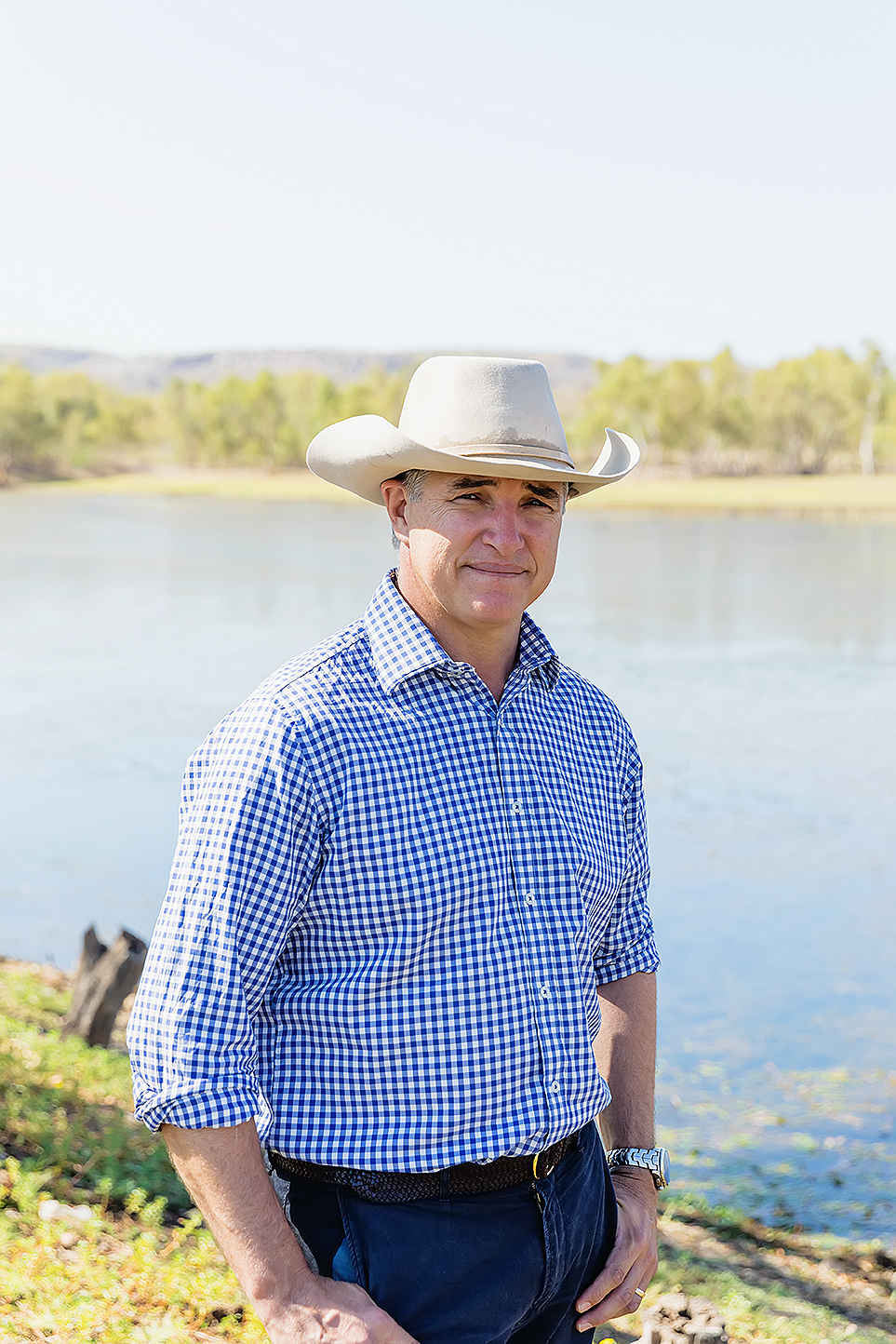
11 Aug ANTI-DEVELOPMENT RHETORIC REIGNS SUPREME IN QLD
Outback communities across Queensland are doomed to remain dry and under-developed as a result of the Palaszczuk Labor Government’s “dam-phobia”, Katter’s Australian Party (KAP) Leader and Traeger MP Robbie Katter has said.
The outback MP, fresh from questioning Queensland Water Minister Glenn Butcher during Budget Estimates last week, said this dam-phobia was now firmly embedded in the culture of the State’s public service who he feared was using process to prosecute the ideals of the Labor Party.
“The Queensland public needs to know that both the Minister, and his Department, are designing and presiding over bureaucratic processes that can only be intended to destroy projects,” Mr Katter.
“Last week under questioning, the Minister revealed the bizarre process he has either created, or allowed to be created, around water development in this State.
“He revealed that he has either knowingly orchestrated, or through reckless ignorance enabled, processes that allow the ideological bent of departments to come up with a thousand ways to stop development instead of being there to enable it.
“These processes involve changing goal posts, unworkable demands and dog-eat-dog corporate style bidding wars of which the true Labor giants and long-gone developmentally-minded leaders of our State would be ashamed.
“If the modern Queensland Labor Party were designing processes to stop any new dams being built in the State, they should be awarded ten out of ten.”
During Estimates Mr Katter asked Minister Butcher to justify the application of an “impossible” downstream tolerance threshold for water users vying for the 110,000ML of unallocated water currently open for tender along the Flinders River near Hughenden.
This “Permanent Mitigation Strategy” threshold requires upstream water applicants to prove that their projects would have no more than a 0.1 per cent impact on a downstream user’s annual volume probability (AVP)[1].
Applying the same logic to road projects, for example, would mean no new highway or bridge could ever be built in Australia as such ventures almost always rely on compulsory arbitration or acquisition to proceed.
In response, Minister Butcher explained that “rules were set for that tender process (and are the) department’s way that they have done that process at this point in time”, before handballing the query to Water Department Acting Director-General Linda Dobe.
Ms Dobe admitted that there was “no trigger in the (Government’s) process” to assist otherwise successful upstream applicants to proceed if they could not meet the threshold requirement.
This appears to include cases where projects are being nullified by the AVPs of sleeper (meaning unused) licences or projects that could reasonably tolerate a greater threshold.
According to a disgusted Mr Katter the threshold represented a “changing of the goal posts” as it had not applied to previous unallocated water releases along the same river, including in 2016.
He said it prioritised river placement of projects above all other considerations and torpedoed otherwise valid, genuinely-competitive projects.
“Projects like HIPCO, which is a leading, community-water project designed to open up widespread irrigated agricultural opportunities to small operators and has already secured $180 million in government funding, are likely to be impacted by this,” Mr Katter said.
“Given their awareness of these issues and the fact the Flinders region is starting down the barrel of a 25 per cent population decline projection through to 2046, I can only congratulate the Minister and his bureaucrats for doing everything in their power to depopulate North-West Queensland.”
[1] An adverse impact on an existing water entitlement holder is a reduction in the AVP of an existing water licence by more than 0.1 per cent. The AVP is calculated by dividing the mean annual diversion for a water licence, by the annual volumetric limit (also referred to as nominal entitlement) and is represented as a percentage.
[1] An adverse impact on an existing water entitlement holder is a reduction in the AVP of an existing water licence by more than 0.1 per cent. The AVP is calculated by dividing the mean annual diversion for a water licence, by the annual volumetric limit (also referred to as nominal entitlement) and is represented as a percentage.

Sorry, the comment form is closed at this time.